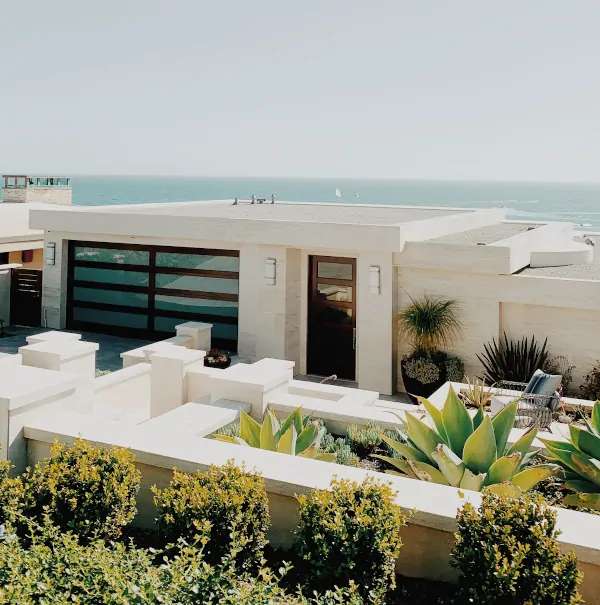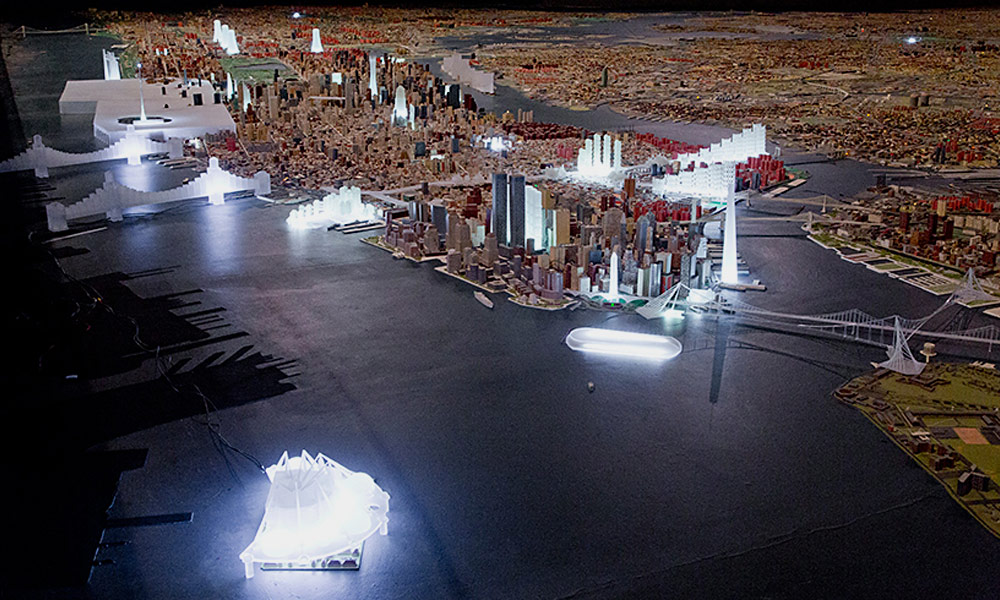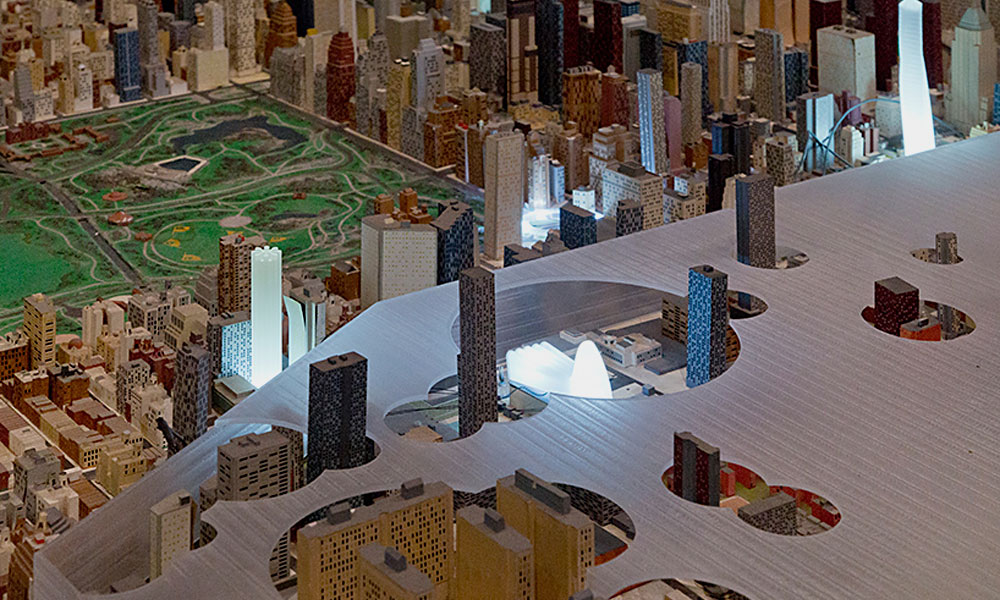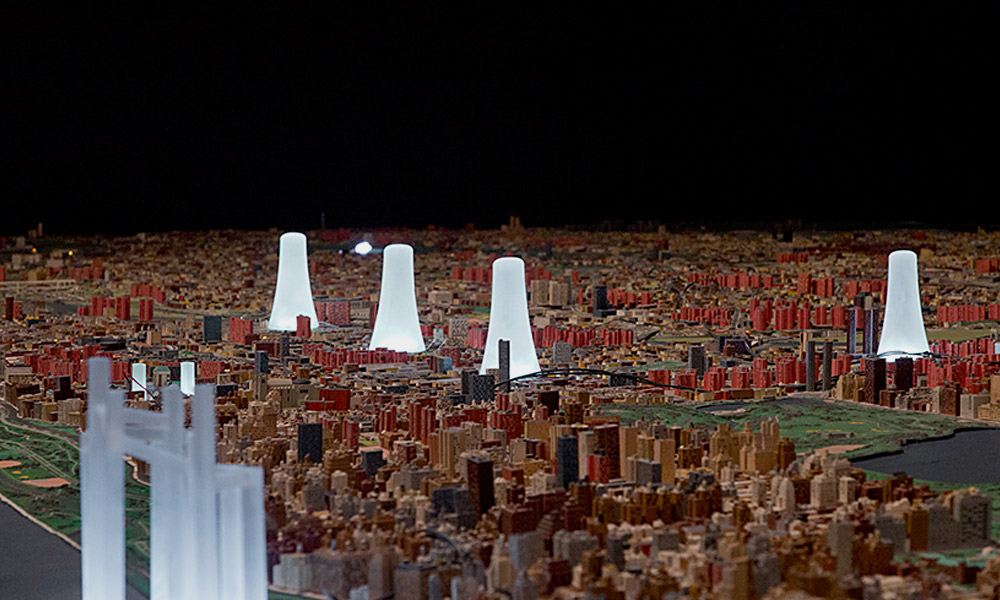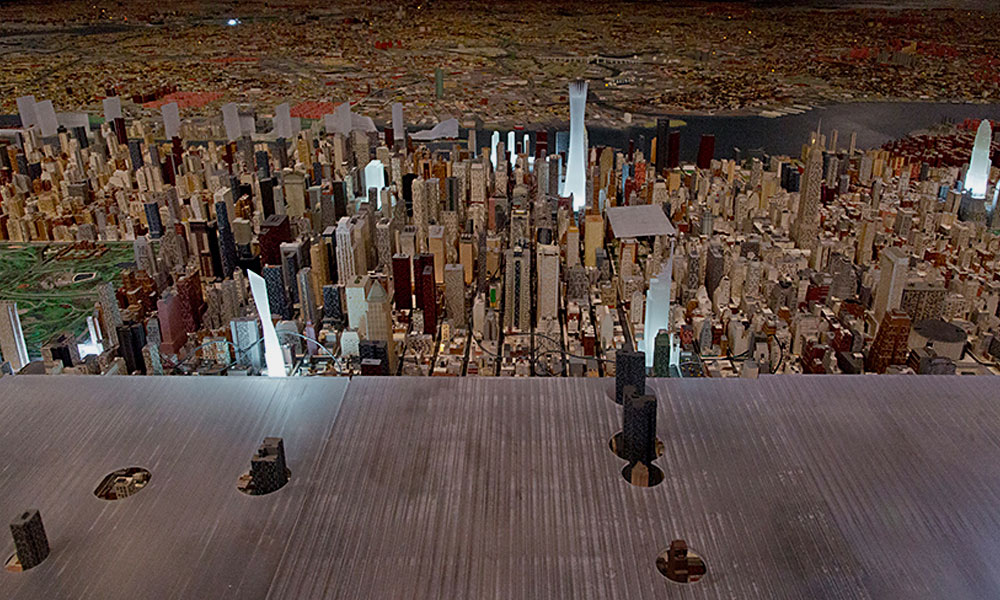There are quite a few iconic buildings in New York City. From the Empire State to the Flatiron, these buildings are known the world over. Now, for a second, imagine a New York City with a very different landscape, one where other buildings are the first that come to mind when you think of the city that never sleeps. That’s the idea behind “Never Built NYC,” an exhibit at the Queens Museum that takes original designs and proposals for buildings, parks, football stadiums, and more and adds them to the Big Apple’s landscape. There are over 70 projects added to the map so you can get a real sense of what it might have been like to walk the city streets. If you want to see the full exhibit, it will be on display until February 18, 2018
More Misc
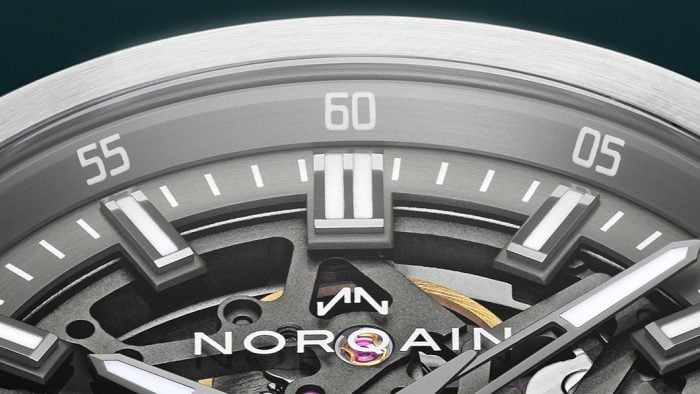
Why NORQAIN Might Be the Best Swiss Watch Brand You Haven’t Looked at Yet
Independent, family-owned, quietly earning its place on the wrists of serious athletes (Sydney Crosby, et al.) and serious collectors alike.

How PITAKA’s Sunset Collection Is Shaping the Future of Emotional Design
High-performance tech gear meets pure visual poetry.

Wellen Performance-Lined Swim Trunks, Reviewed by a Swim Trunk Skeptic
Could these be the shorts to end all my swimwear complaints? Tried, tested, reviewed.
